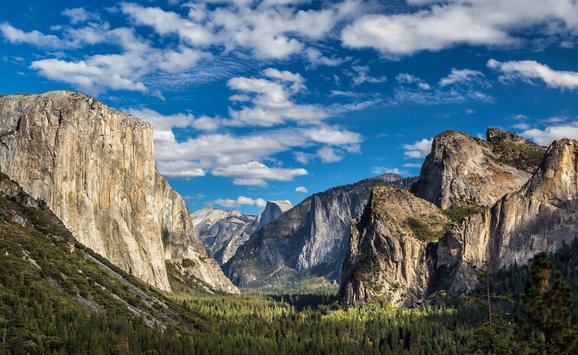A recent episode of NPR's Planet Money discussed Ecuador's proposed solution to a national dilemma: the fact that a massive oil discovery and a national park happen to be in the same place. Ecuador's proposal is to forswear drilling - but only if other countries donate half the value of the oil in aid (about $3.6 billion). For the show, Planet Money journalist David Kestenbaum interviewed RFF University Fellow and Duke University professor Billy Pizer, formerly Deputy Assistant Secretary for Environment and Energy at the Treasury Department. Here's how NPR summarized his comments:
"The joke we always used to always talk about was, you know, 'Give me the money or I'll shoot the trees,' . . . Pizer says he'd love to keep the park safe. But he says the proposal worried him as a potential precedent that would encourage other countries to threaten to destroy their own forests unless the world pays up.
The show is worth a listen. But, inevitably, material gets left on the cutting room floor. Here are more of Pizer's views on the Ecuadorian proposal.
-ed
The main issue that was missing from the discussion was an emphasis on the oil being extracted versus the forest that was being preserved, in terms of the valuation. I spent a while talking with Kestenbaum about how payment for avoided deforestation, and ecosystem services generally, was an active area of policy work (see some relevant work by Duke and RFF colleagues here, here, and here).
But the Ecuadorians have not been focusing on (a) what development of the oil resources would, exactly, mean for the forests, and (b) the benefits of avoiding that development in terms of forest-related metrics, particularly the valuation of forest carbon and biodiversity. The website for the Ecuadoran fund does talk about avoided consequences—but only in terms of carbon associated with the oil reserves. As the documentation suggests, it is not at all obvious that keeping oil in the ground reduces emissions by that much—oil demand is notoriously inelastic (meaning we’ll make up for lost Yasuni oil by paying slight more for other oil resources). The notion of a fixed supply of oil is also increasingly at odds with emerging technologies to extract more oil from all sorts of places.
This is problematic primarily because we have no idea whether their proposition is a good deal compared to investing the money in another area threatened with deforestation or development. If we knew how much forest carbon would be lost from extracting the oil, we could compare the cost per ton to other opportunities. For example, the oil field area is about 200,000 hectares (page 45). If the entire area were deforested, that would be about 250 million tons of CO2 (based on 320 tons of carbon per hectare and converting to CO2). At $3.6 billion, that would be about $15 per ton – a high price given current CO2 prices in Europe of about $5, and is generally high compared to estimates of forest offsets elsewhere (page 47). Assuming the oil could be extracted while only damaging a fraction of the forest—which seems reasonable—the cost per ton would be that much higher.
This is more than a cold-hearted effort to put a price on a rainforest: ultimately, donor countries and other funders have to make tough decisions in light of limited funds and a world facing threats on a variety of fronts. Does it make sense to save Yasuni and instead lose another area that is twice as rich in biodiversity and forest carbon?
Even if Yasuni proves to be a good deal in a dollar-per-ton sense, a second question is what, exactly, is being bought? Most preservation efforts focus on tangible activities or policy changes that will be pursued in order to preserve a natural resource. REDD projects typically pay for activities that remove the pressure that exists to to harm forests, and the payments are tied to observed results. If and when the payments end, so too should the incentives to harm the forest. Here, Ecuador is primarily selling a promise. The cornerstone is a sovereign commitment to repay contributions. But ultimately a sovereign decision could be made to ignore those obligations and to begin drilling. How likely is that? I don’t know, but billions of dollars worth of oil will always sit under the Yasuni forest.





